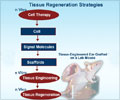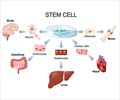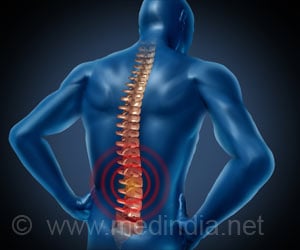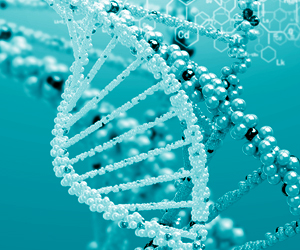Researchers from the David Geffen School of Medicine and the Henry Samueli School of Engineering and Applied Science at UCLA have announced today to have successfully transformed adult stem cells taken from human adipose, or fat tissue into smooth muscle cells, which help the normal function of a large number of organs like the intestine, bladder and arteries.
The researchers announced that their study might help lead to the use of fat stem cells for smooth muscle tissue engineering and repair. The study had been reported in the July 24 online edition of the ‘Proceedings of the National Academy of Sciences’, and is one of the first studies in showing that stem cells derived from adipose tissue could be changed to attain the physical and biochemical characteristics and the functionality of a smooth muscle cells.Smooth muscle cells are found within the human body in the walls of hollow organs like blood vessels, bladder, and intestines and contract and expand to help transport blood, urine, and waste through the body's systems.
"Fat tissue may prove a reliable source of smooth muscle cells that we can use to regenerate and repair damaged organs," said Dr. Larissa V. Rodriguez,principal investigator and assistant professor, Department of Urology, David Geffen School of Medicine at UCLA.
Rodriguez and her team first cultured the adipose-derived stem cells in a growth factor cocktail that encouraged the cells to transform into smooth muscle cells. Researchers observed the genetic expression and development of proteins, which are specific to this type of cell. So it looked like a smooth muscle cell, but would it act like one?
The next step required testing functionality to see if the cells would expand and contract like smooth muscle tissue. Rodriguez turned to associate professor of bioengineering Dr. Benjamin Wu at the UCLA Henry Samueli School of Engineering and Applied Science for help.
Wu's team developed a special device to evaluate the cells' ability to contract by tracking movement of micro beads dispersed in a collagen gel embedded with the cells. Researchers added different pharmacologic agents known to cause contraction or relaxation in smooth muscle.
Advertisement
To make sure they could reproduce the smooth muscle cells and to confirm the transformation, Rodriguez and her team cloned one of the primitive stem cells from the adipose tissue and repeated the experiments on a cloned population of cells with similar results.
Advertisement
Smooth muscle cells have also been produced from stem cells found in the brain and bone marrow, but acquiring stem cells from adipose tissue is much easier and most patients have adipose tissue readily available, according to Rodriguez. The next step, she adds, involves identifying and developing the growth factors that will induce transformation of cells more quickly. She is also starting to use smooth muscle cells for tissue engineering in the urinary tract, including the urethra.
Source: EurekAlert











